2015 in fashion: Athleisure is cool, the Apple Watch is not, and Derek Zoolander is back
From athleisure to Zoolander‘s return, 2015 has been a weird year for fashion. We’ve seen regime change at the industry’s highest levels (Goodbye to: Raf Simons at Dior, Alexander Wang at Balenciaga, Alber Elbaz at Lanvin, and Donna Karan at, erm, Donna Karan), and the frenzied pace of the industry’s product cycle continues to be the source of much hand-wringing.
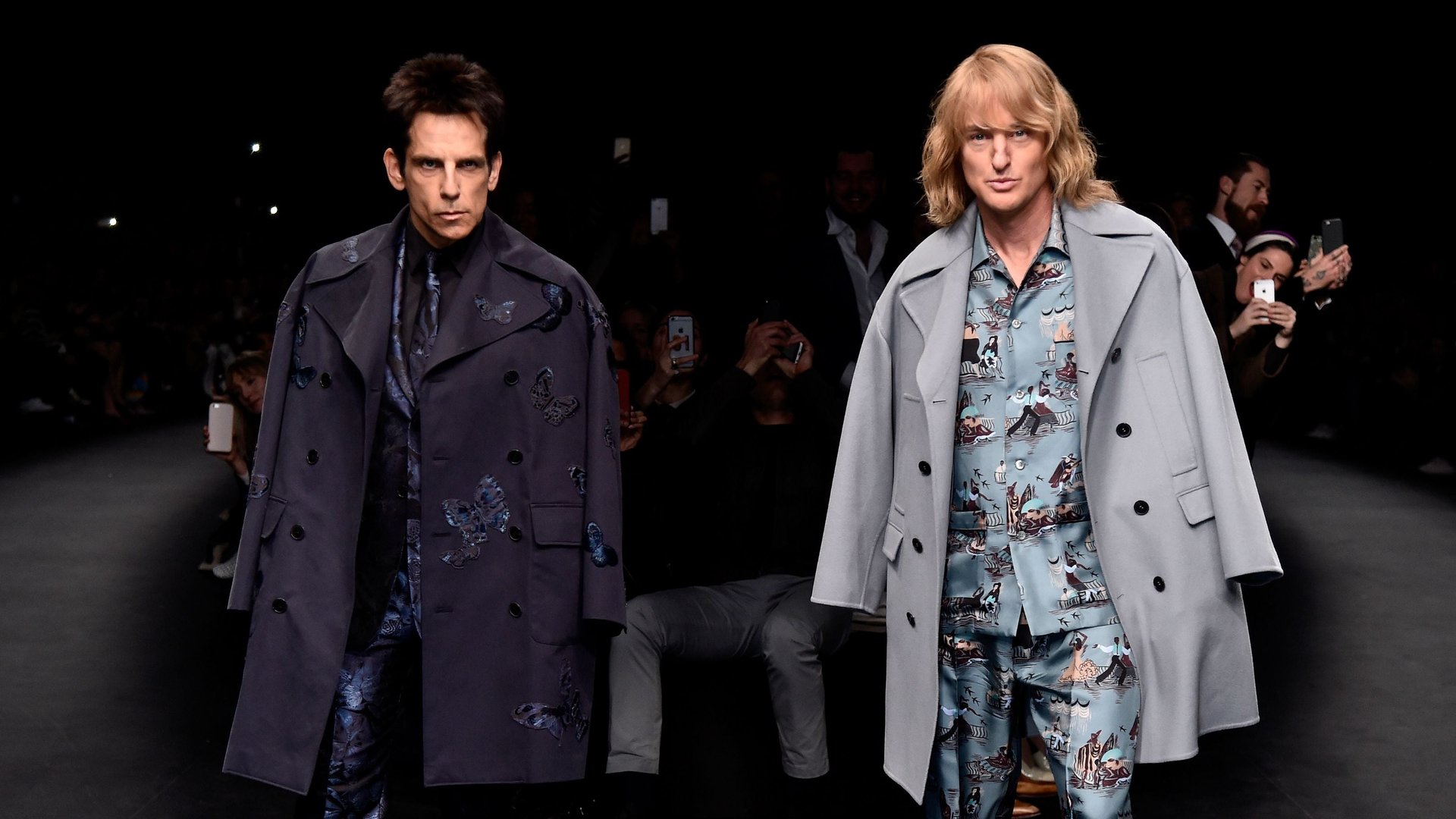

From athleisure to Zoolander‘s return, 2015 has been a weird year for fashion. We’ve seen regime change at the industry’s highest levels (Goodbye to: Raf Simons at Dior, Alexander Wang at Balenciaga, Alber Elbaz at Lanvin, and Donna Karan at, erm, Donna Karan), and the frenzied pace of the industry’s product cycle continues to be the source of much hand-wringing.
Meanwhile, the talent management goliath WME/IMG is officially turning Fashion Week into entertainment—as opposed to a trade show, which it once was—and the Council of Fashion Designers of America (CFDA) has enlisted the help of Boston Consulting Group to help figure out exactly what this all means.
We look forward to seeing this shake out in 2016, along with the following 2015 fashion developments we expect to carry into the new year.
Everyone is working toward a leaner, cleaner closet
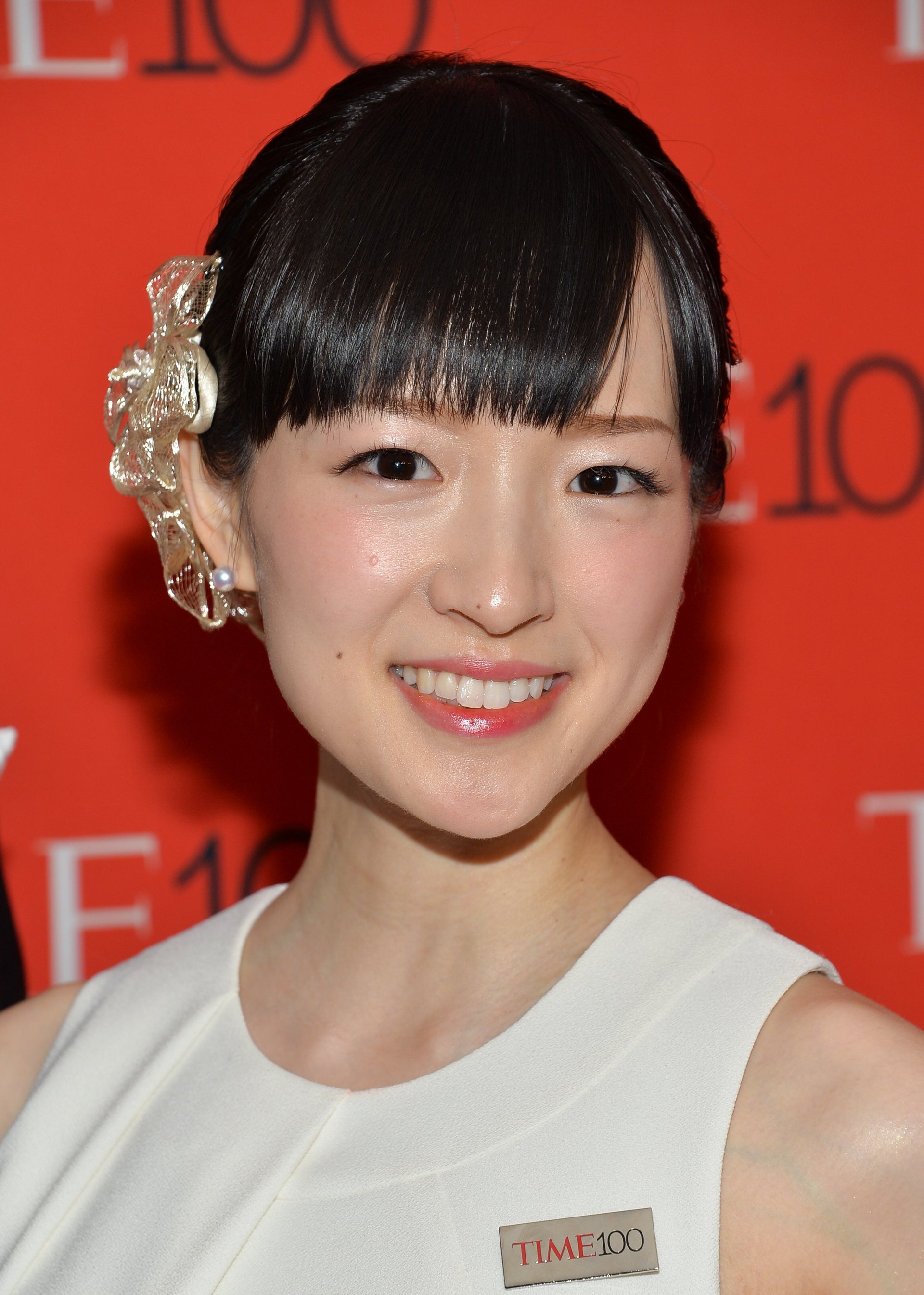
In 2015, it was as if many of us awoke from fast-fashion fever dreams, found our closets stuffed with mediocre clothes we didn’t want or need, stuck our fingers down our wardrobes’ proverbial throats, and purged. We didn’t do it alone though, we did it with Marie Kondo, Japan’s fresh-faced cleaning guru with a cult-like following.
Kondo’s cleaning manual-meets-self-help book, The Life-Changing Magic of Tidying Up, spent the year on The New York Times bestseller list, and inspired many of us to employ her KonMari method, asking of our possessions: “Does it spark joy?” We then flooded Goodwill with items that didn’t, and Instagrammed our precisely folded socks.
The notion of tightly edited wardrobe of high-quality, beloved items—a “capsule wardrobe,” if you will—is one we expect to persist in the year to come. It has found its way into marketing for young brands such as Cuyana, Zady, and Everlane, and re-captured a new generation’s imagination with the 1970s style guide Cheap Chic, which was republished in 2015. Quartz’s own Marc Bain has my favorite new method for keeping our closets clean in 2015: Make your next clothing purchase so expensive it hurts.
Fashion is a cultural appropriation orgy and we’re learning to deal with it
Google searches for “cultural appropriation” peaked in November of 2015, probably because a lot of people were still wondering what it actually meant. This was the year the term made the leap from academia to the realm of internet ubiquity.
So wait—what is it, exactly?
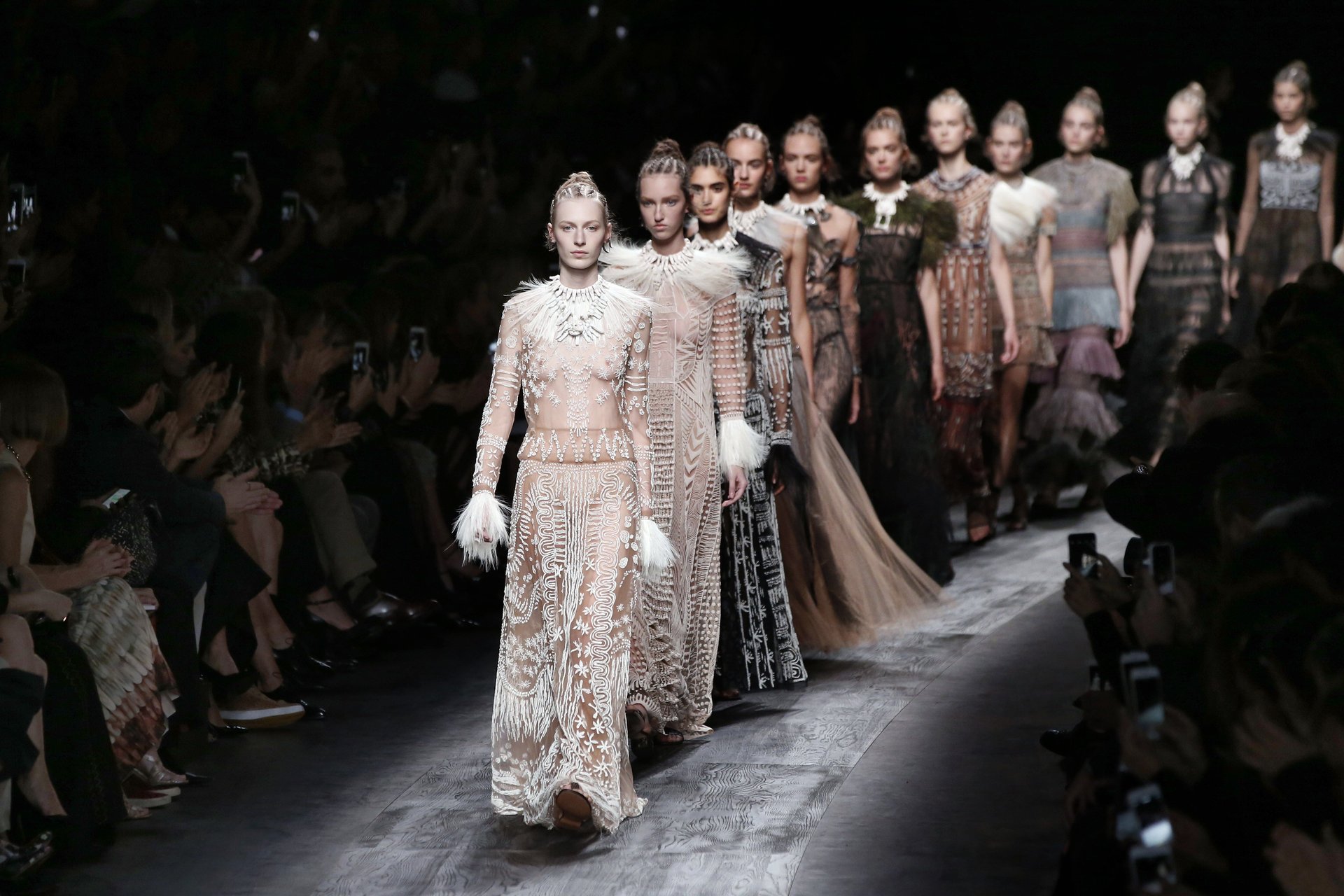
“It’s the taking from a culture that is not your own, of things that are the cultural products of that source community,” Susan Scafidi, who literally wrote the book on cultural appropriation, told Quartz. ”It can be cuisine, dance, dress, music, folklore, traditional medicine, any of those things can be taken and reinterpreted.”
If that sounds like the way culture evolves in a global society, well, that’s what we thought too.
So in 2015, we moved past the finger-pointing and harmful idea that everyone ought to stay in the lane they were born into, and attempted to have a respectful and nuanced conversation about what cultural appropriation means in the 21st century—and how to do it right.
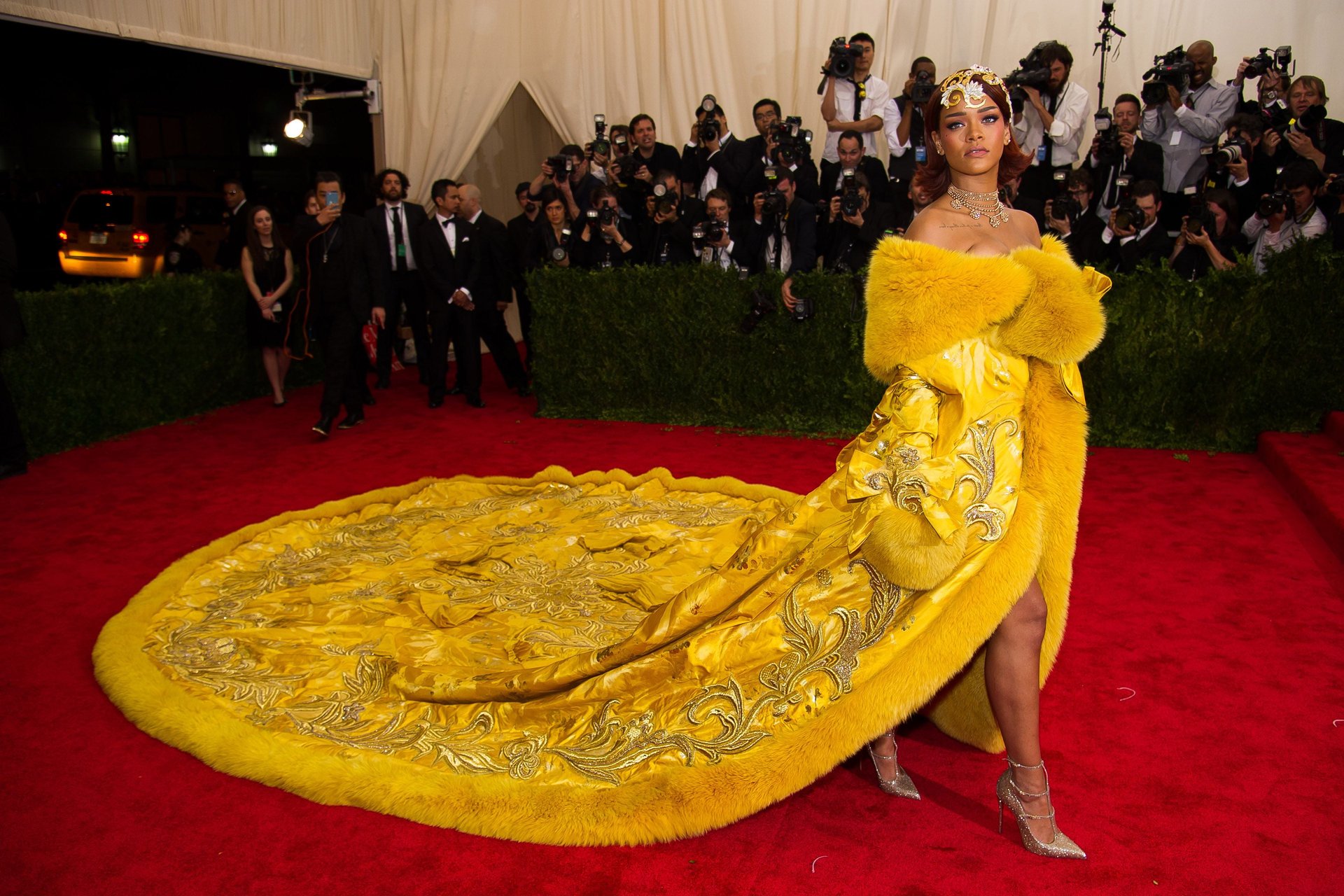
The Metropolitan Museum of Art’s big annual Costume Institute exhibition, “China: Through the Looking Glass,” helped shine the spotlight on the issue, as did actress Amandla Stenberg’s viral video discourse on the cultural context of cornrows.
The Brazilian label Osklen’s spring 2016 collection, which borrowed heavily from the Amazon’s Ashaninka tribe, gave us a model of what a modern, symbiotic cultural appropriation can look like.
Meanwhile, the internet has given artisan communities from Oaxacan embroiderers to Scottish knitters a platform to demand that fashion labels pay them—or at the very least, credit them—for their designs, and that’s a good thing.
Pop culture reaches a transgender tipping point…
After Orange is the New Black actress Laverne Cox was on the cover of Time magazine in 2014, Caitlyn Jenner debuted on Vanity Fair in June 2015, making transgender people more visible to the masses.
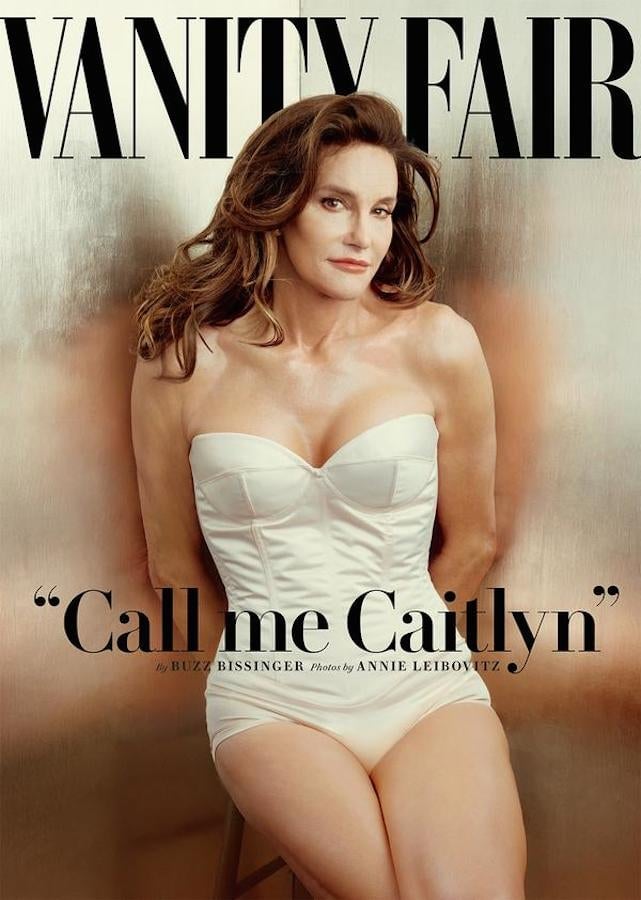
But the fight for transgender rights is far from new. Jada Yuan wrote for The Cut in December about Tracey Africa, a trans model who covered a Clairol box in the 1970s. And a new film, The Danish Girl, starring Eddie Redmayne in the fictionalized true story of Lili Elbe, is the story of a transgender woman born in 1882.
…and gender binaries go out of fashion
In 2014, we noted that the coolest runways in New York—at young, progressive labels such as Hood by Air and Eckhaus Latta—featured models who were gender-nonconforming (See #3).
In 2015, gender lines blurred further at the buzziest label of the year: Gucci, under its white-hot new creative director, Alessandro Michele.
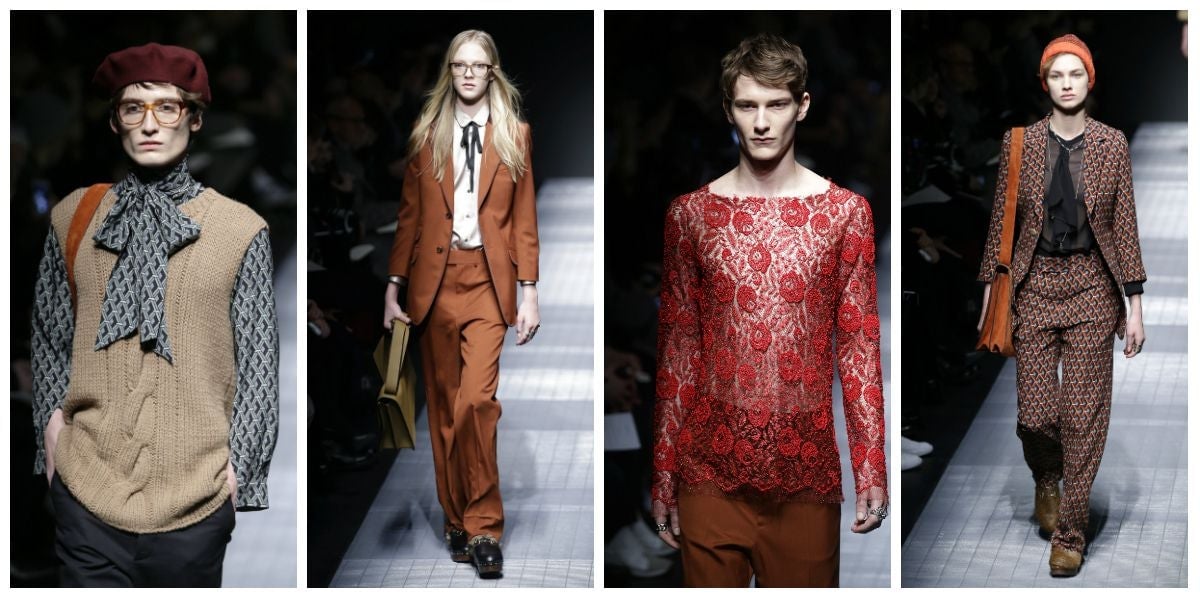
And speaking of Gucci…
The most important accessory of 2015 was a kangaroo fur-lined loafer
Gucci’s fur-lined horsebit loafers set the fashion world on fire when they hit the runway in February of 2015, at the brand’s first shows under its new creative director, Alessandro Michele. The slides perfectly embodied the label’s new direction: bookish, unisex quirk rendered in Wes Anderson-worthy styling and luscious materials.
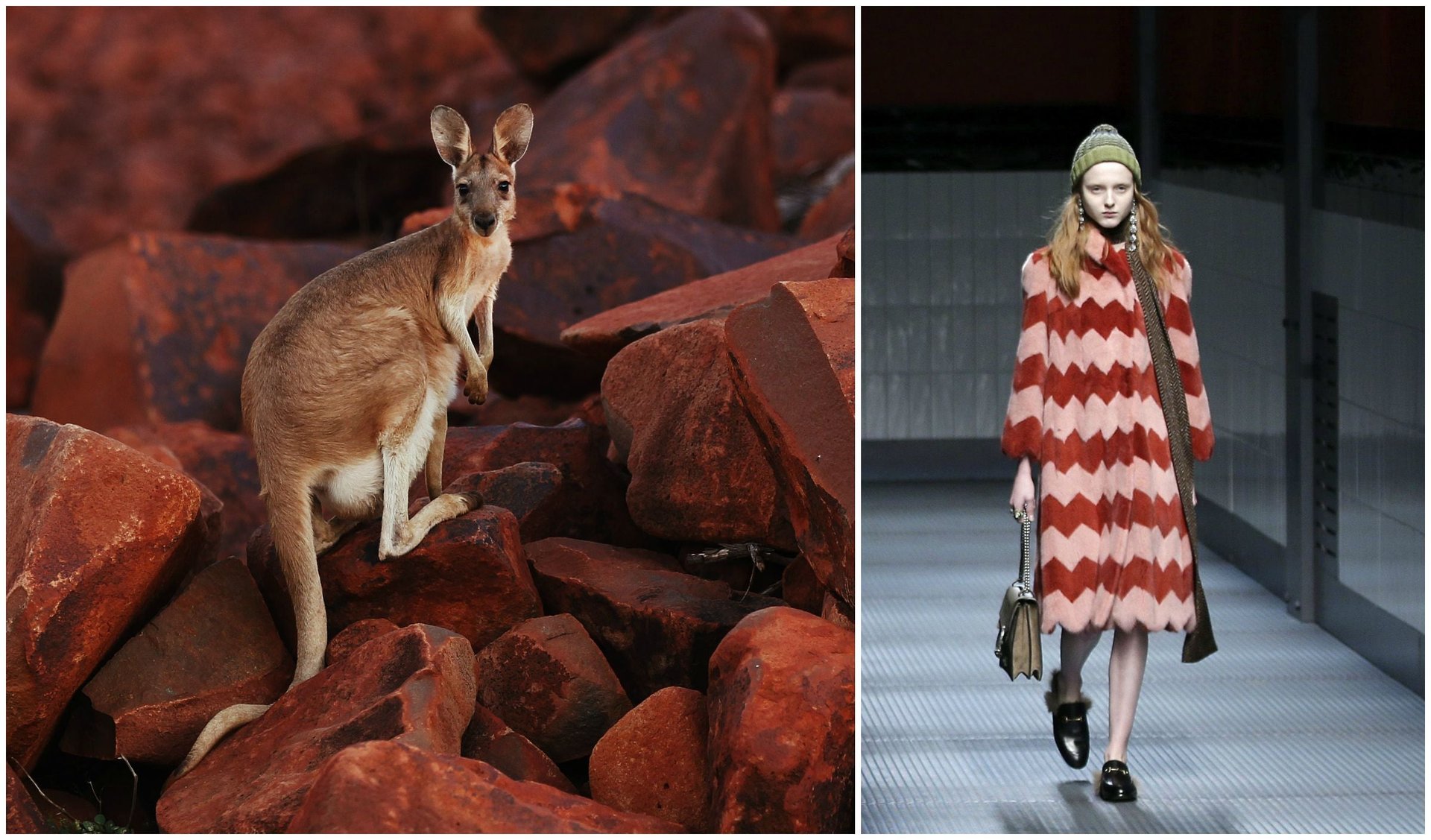
Interestingly, the fur lining those loafers comes from the hides of wild kangaroos, which Gucci’s parent company, Kering, told Quartz was a sustainably managed source for the shoes’ plush lining. Affection for marsupials does not seem to have curbed demand for Gucci’s furry loafers.
Gucci reported selling out of the original version for fall 2015, and Michelle Goad, of personal shopping app PS Dept, told Quartz the brand’s new iteration for spring 2016 sold out in September.
Welcome back, Derek Zoolander!
Ben Stiller and Owen Wilson showed up in character as Zoolander and Hansel on the runway at Valentino in March, creating a perfectly packaged Instagrammable moment that begged the question: Is this art imitating life or life imitating art? And what the hell is going on here?
What’s going on is that a Zoolander sequel, with Penelope Cruz, Kristen Wiig, Will Ferrell, Kyle Mooney, Justin Bieber, and Benedict Cumberbatch will be coming out this February—just in time for New York Fashion Week, where it’s sure to be a topic of conversation.
Cumberbatch’s portrayal of an androgynous model has already proven controversial.
Athleisure continued its global takeover, getting both funnier and better
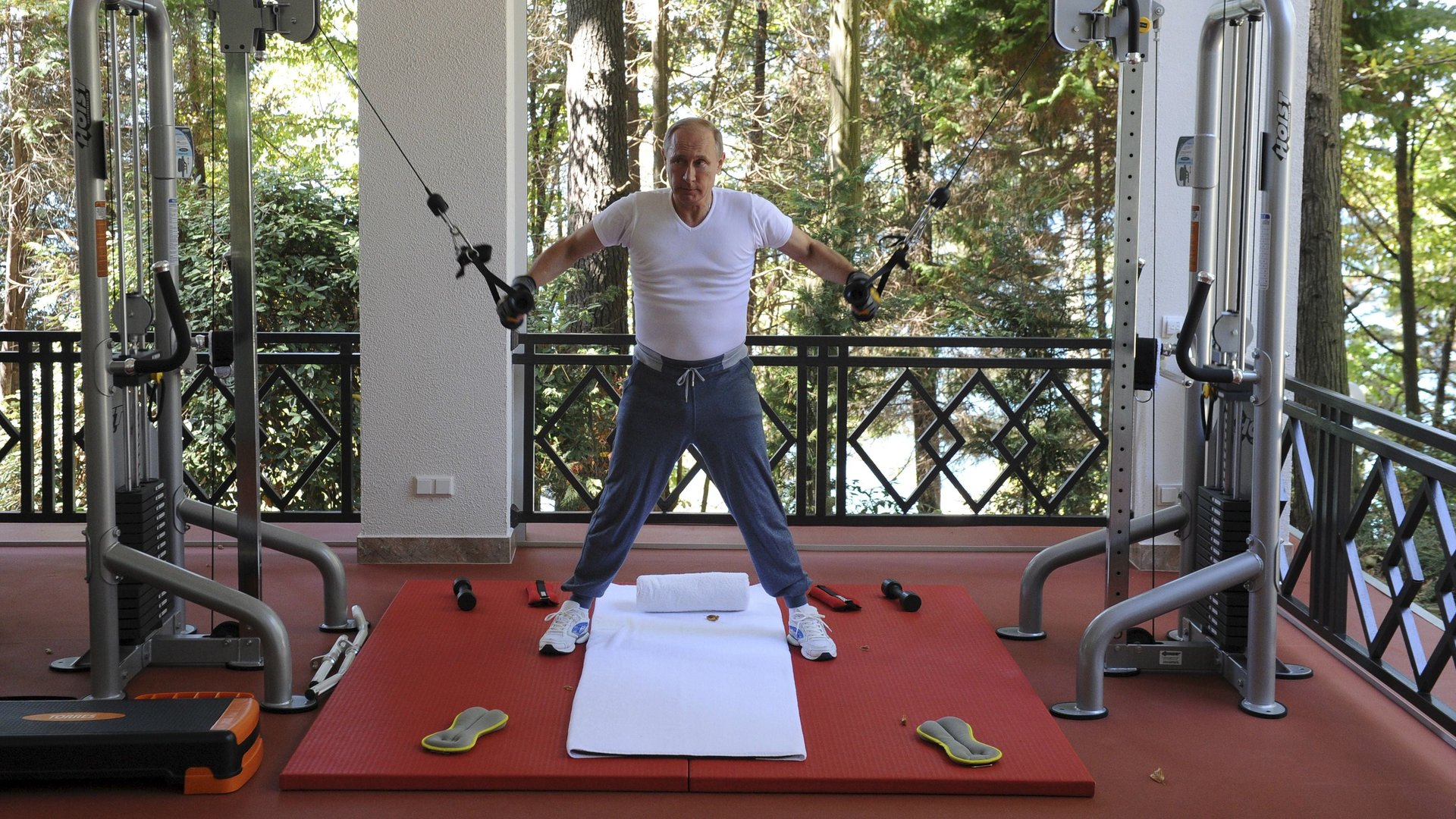
We’ll use pretty much any excuse to run this photo of Vladimir Putin pumping iron in $1,400 sweatpants, but in all seriousness, athleisure shows no signs of slowing down.
In 2015, pseudo-exercise gear for everyday life got an entry in the dictionary, a nod from Morgan Stanley, a divisive segment on Fox News, some sexy new designs, and this outstanding video:
And it’s just so damn comfortable.
Is the Apple Watch cool yet?
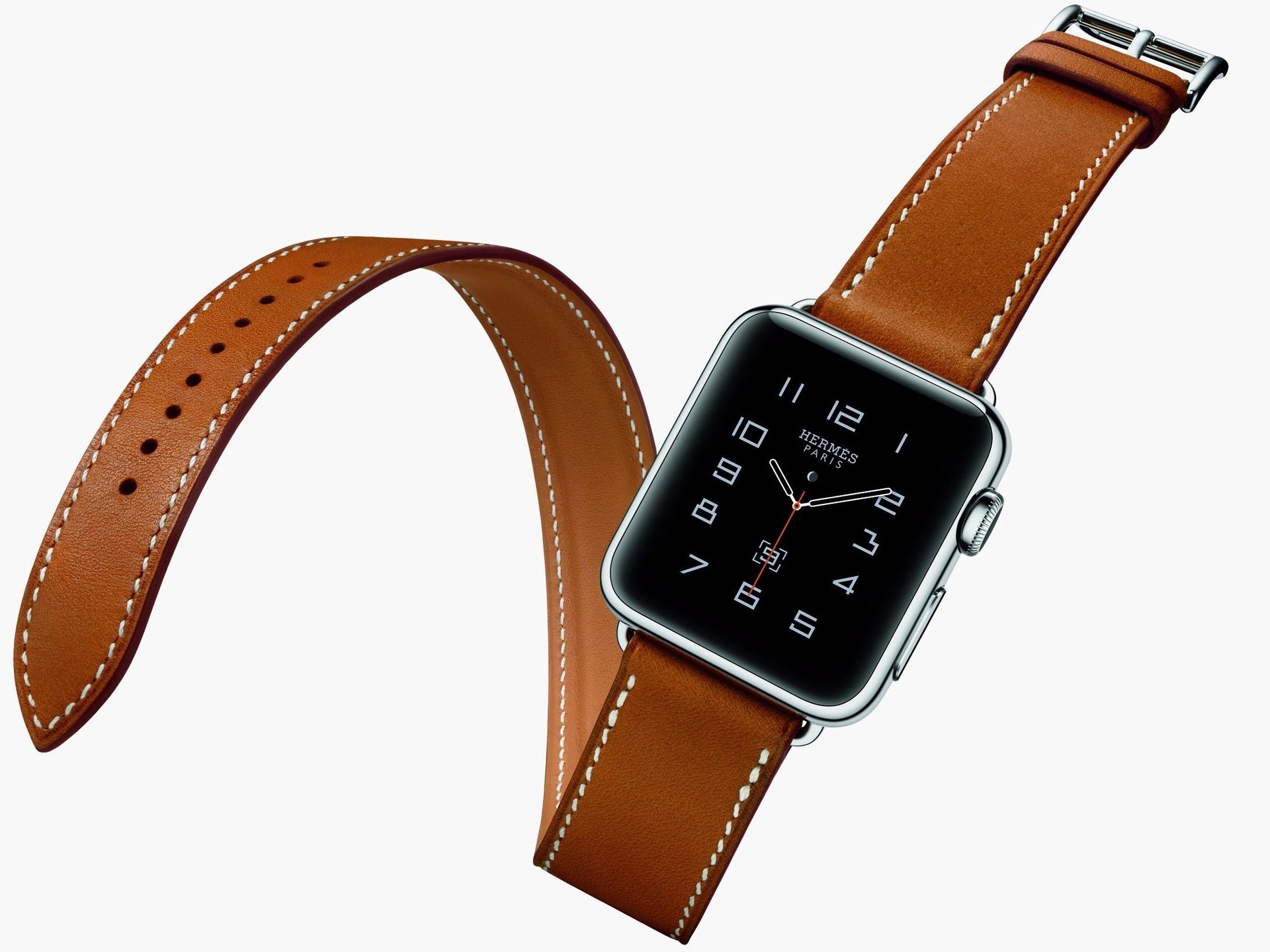
In a word, no.
Despite a great deal of product placement on some highly valuable wrists, the Apple Watch just isn’t there yet—and it’s actually a matter of function, not form. The Hermès version looks pretty elegant, but as Quartz’s Dan Frommer wrote, the Apple Watch’s technology hasn’t moved past the basics.
For now. Stay tuned in 2016, when we’ll all be cleaning our closets, watching Zoolander 2, and texting on our watches, in our activewear.